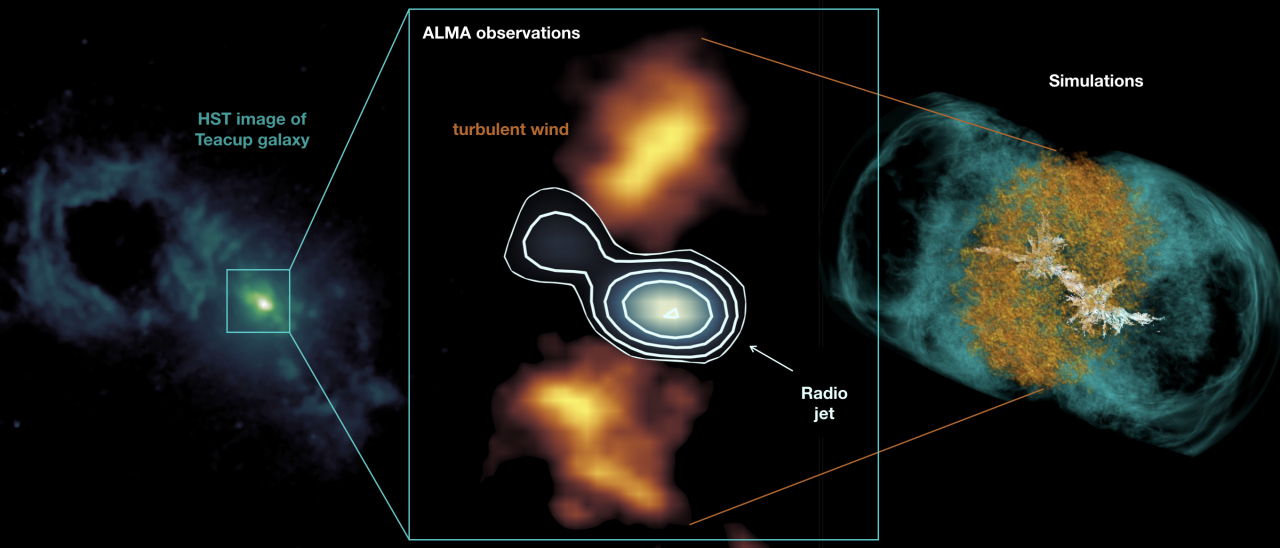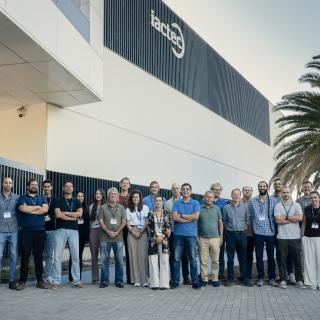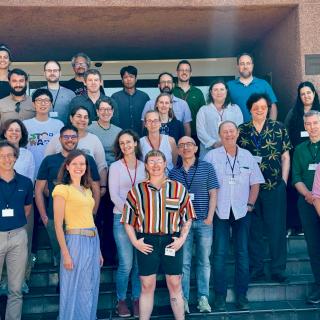When matter falls into supermassive black holes in the centres of galaxies, it unleashes enormous amounts of energy and is called active galactic nuclei (or AGN). A fraction of AGN release part of this energy as jets that are detectable in radio wavelengths that travel at velocities close to light speed. Our research into the interplay between the jet and the cold gas in the Teacup galaxy helps us to better understand how galaxies evolve. The Teacup is a radio-quiet quasar located 1.3 billion light years from us and its nickname comes from the expanding bubbles seen in the optical and radio images, one of which is shaped like the handle of a teacup. In addition, the central region harbours a compact (around 3300 light-years in size) and young radio jet that has a small inclination relative to the galaxy disk and the radio jet is interacting with the surrounding gas at the centre of the galaxy. To investigate this interaction, we used observations obtained with the Atacama Large Millimeter/submillimeter Array (ALMA) telescope in Chile to analyse the cold, dense gas in the nucleus of Teacup. We found that the compact jet, despite its low power, pushes the cold gas in the form of wind, but in an unusual way. The gas is more turbulent and hotter in the direction perpendicular to the jet propagation direction. Based on a comparison with simulations, we showed that this is caused by shocks induced by a jet-driven bubble, which heats up and blows the gas in its lateral expansion. Another crucial factor in effectively driving these lateral winds is the orientation between the cold disk and the jet. Cold gas is the primordial material for star formation; when jets collide and disrupt the surrounding gas, they impact the galaxy's ability to form new stars. Our work reveals that even low-power jets from radio-quiet galaxies, such as in the case of the Teacup, play an important role in galaxy evolution.
The compact radio jet in the center of the Teacup galaxy blows a lateral turbulent wind in the cold dense gas, as predicted by the simulations. Credit: HST/ ALMA/ VLA/ M. Meenakshi/ D. Mukherjee/ A. Audibert
Advertised on
Authors
Anelise
Audibert Allegretti
Cristina
Ramos Almeida
S. García-Burillo
F. Combes
M. Bischetti
M. Meenakshi
D. Mukherjee
G. Bicknell
A. Y. Wagner
References



